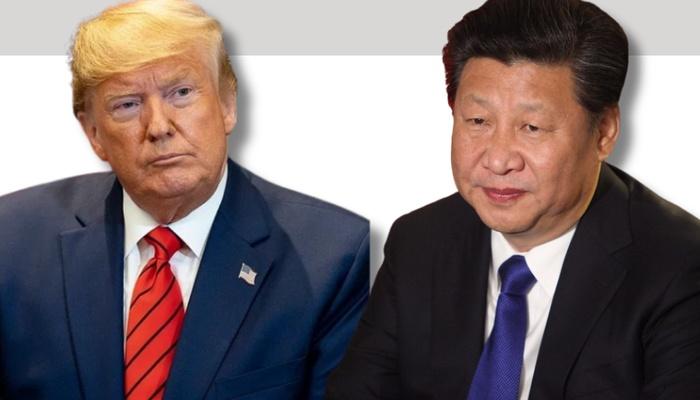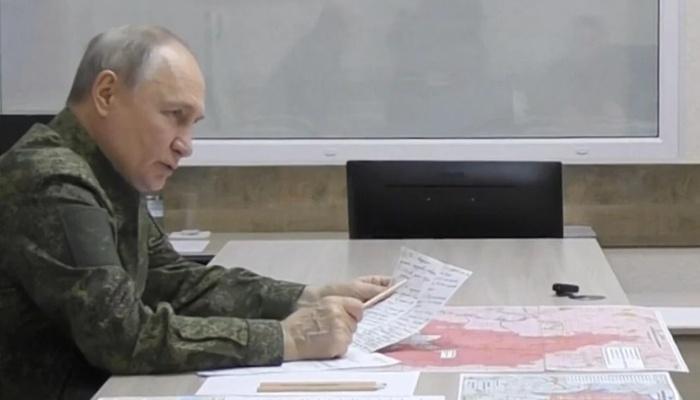The Italian Gateway for BRI toward Europe
This pa__per addresses the perspectives of enhancing the partnership between the European Union (EU) and China in the framework of the Belt and Road Initiative (BRI). After the introductive presentation of the agreement reached so far, the paper develops in two sections, presenting the critical points that still affect EU’s attitude toward the initiative and the specific case study of Italy. The first paragraph underlines the discrepancies between the skepticism of the Union to adhere to BRI, because of the uncertainties related to China’s compliance with EU bureaucratic procedures and standards, and several individual European countries’ interests in approaching the initiative. The second paragraph focuses on the Italian case, the achievements done in responding to BRI and the possible steps forwards. Italy is trying to become part of the project and to enhance the connectivity with Chinese partners. The bilateral relations in the domain of transportation are flourishing: after the negotiations between the Italian ENAC and the Chinese Civil Aviation Administration of China in 2015, the already prosperous air connections have improved, expanding the number of direct flights even further. Nowadays direct routes from major cities are in place, but there is a common interest in creating more connections and diversifying the arrival airports, in order to enhance commercial and touristic flows. Similarly, thanks to its high-quality railways well connected to Italian ports as well as European networks, Italy aims at overcoming the current difficulties for developing a structured connection with China and becoming an important logistic hub at the conjunction of BRI’s land and maritime route. The paper will conclude with an evaluation of how Italy-China synergies can influence the consensus toward BRI inside EU and stimulate more collaboration in the framework of the initiative.









